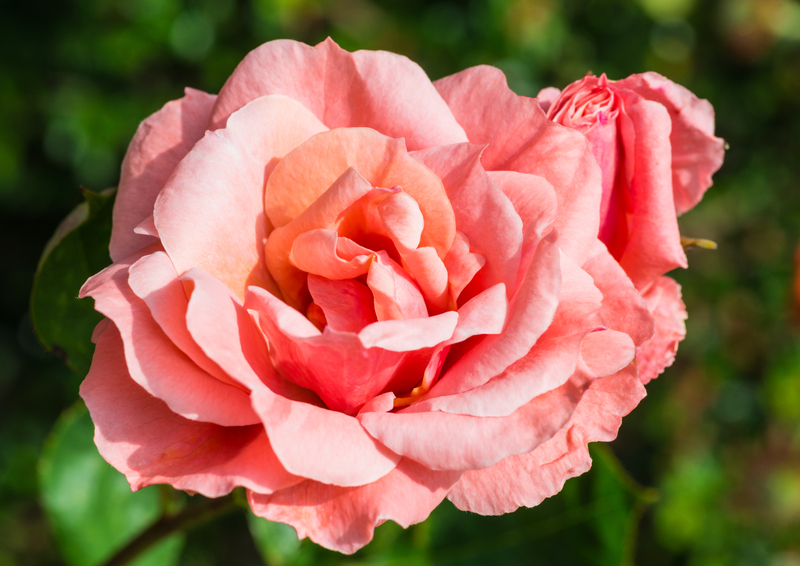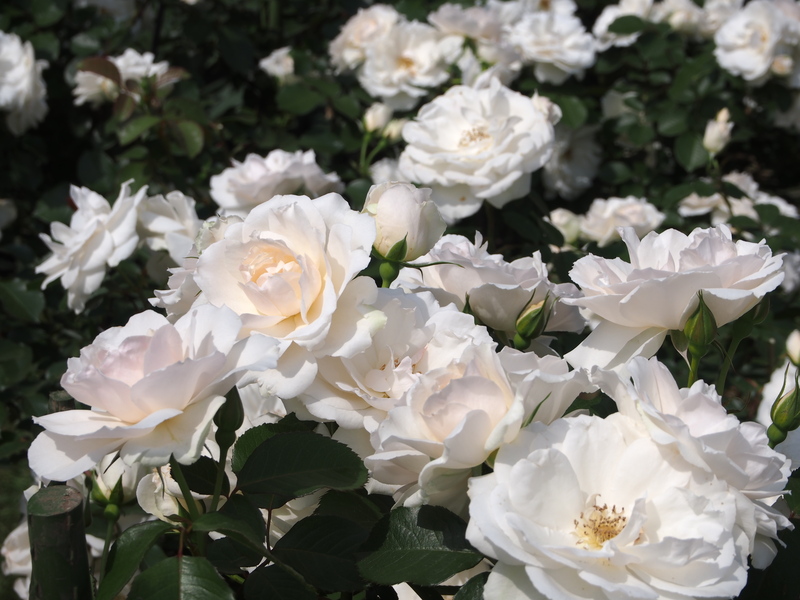Moss: Nuisance or Necessity?
Posted on 01/07/2025
Moss, a simple, low-growing plant, often finds itself the subject of mixed opinions. To some, moss is a menace, a relentless adversary that invades lawns, gardens, and buildings. However, others see moss as a vital part of the ecosystem, offering numerous benefits that are often overlooked. To fully comprehend whether moss is a nuisance or a necessity, it's essential to delve into its unique characteristics, ecological roles, and the advantages and challenges it presents.
Understanding Moss: Biological and Ecological Characteristics
Mosses belong to the bryophyte family, a group of non-vascular plants that also includes liverworts and hornworts. These plants lack the complex vascular tissue systems found in higher plants, which results in some unique adaptations.
Biological Structure
Unlike typical plants, mosses do not have roots. Instead, they possess structures known as rhizoids, which anchor them to surfaces and absorb water and nutrients directly through their leaves. This makes them highly adaptable to various environments, from rocky cliffs to forest floors.
Reproductive Cycle
Mosses reproduce through spores rather than seeds, which allows them to colonize new areas rapidly. The sporophyte generation, often seen as tiny stalks sprouting from the moss mat, releases spores into the environment, enabling the moss to spread easily.

Moss as a Nuisance: Challenges and Concerns
For many gardeners and homeowners, moss is viewed as a persistent adversary that can overrun carefully cultivated lawns and gardens.
Lawn and Garden Invasions
Moss can grow where grass and other plants struggle, often due to poor soil conditions, compacted soil, excessive moisture, or low light. In lawns, moss can create unsightly patches and compete with grass for resources. Garden enthusiasts may find moss infiltrating flower beds and overshadowing other plants, leading to frustration.
Structural Damage and Safety Hazards
Moss can also be a concern for buildings and infrastructure. On rooftops and walls, moss can retain moisture, leading to accelerated wear and tear of materials like shingles, tiles, and bricks. Additionally, moss on pathways can become slippery when wet, presenting a safety hazard.
Moss as a Necessity: Ecological and Practical Benefits
While moss can pose challenges, it is also an invaluable component of many ecosystems and offers several advantages that make it indispensable.
Environmental and Ecological Contributions
Mosses play a critical role in various ecosystems, contributing to biodiversity, water regulation, and soil health.
- Water Retention: Mosses are excellent at holding water, which helps to regulate moisture levels in their habitats. This quality is particularly beneficial in controlling soil erosion and maintaining wetland ecosystems.
- Soil Formation: By breaking down rock surfaces, mosses contribute to soil formation, making it possible for other plants to colonize these areas eventually.
- Habitat for Wildlife: Mosses provide a habitat for numerous microorganisms, insects, amphibians, and even small mammals, thus supporting overall biodiversity.
Aesthetic and Practical Uses
Beyond their ecological importance, mosses offer aesthetic and practical benefits that are often underappreciated.
- Natural Beauty: In landscaping, mosses can create serene, green carpets that add a touch of natural beauty to gardens. They are especially popular in Japanese gardens, where they symbolize age, tradition, and tranquility.
- Indoor Applications: Moss is increasingly used in interior design, particularly in green walls and decorative accents. With its low maintenance needs, it can bring a touch of nature indoors, improving air quality and creating a calming atmosphere.
- Soil Improvement: When used as mulch, moss can help retain soil moisture and suppress weeds, aiding in the health and maintenance of garden plants.

Striking a Balance: Managing Moss Effectively
Given the dual nature of moss as both a nuisance and a necessity, the key lies in effective management, allowing us to harness its benefits while mitigating its downsides.
Preventive Measures
For those looking to control moss growth, several preventive measures can be taken:
- Improving Soil Conditions: Ensuring proper soil drainage and aeration can reduce moss growth. Aerating compacted soil and improving its nutrient profile can also deter moss by promoting healthier lawn growth.
- Adjusting Light and Moisture: Increasing sunlight exposure by trimming overhanging branches and reducing excessive watering can make environments less favorable for moss.
- Regular Maintenance: Regularly raking and dethatching lawns helps to remove moss and prevent its spread.
Accepting and Utilizing Moss
On the other hand, embracing moss in areas where it thrives naturally can lead to a harmonious co-existence.
- Moss Gardens: Creating dedicated moss gardens can provide a low-maintenance, environmentally friendly landscape that requires minimal watering and fertilization.
- Natural Landscaping: Integrating moss into natural landscaping designs can enhance biodiversity and create resilient ecologies that benefit local wildlife.
- Educational Opportunities: Moss-covered areas offer unique educational opportunities for learning about plant biology, ecology, and sustainable gardening practices.
Conclusion
The debate surrounding whether moss is a nuisance or a necessity hinges on perspective and context. While moss can be challenging to manage in certain scenarios, its ecological, aesthetic, and practical benefits are undeniable. By understanding the characteristics of moss and adopting effective management strategies, we can appreciate this humble plant for its contributions to our environments and find ways to strike a balance that leverages its benefits while minimizing its downsides.
In essence, moss is neither solely a nuisance nor merely a necessity--it is an integral part of nature's tapestry, offering lessons in resilience, adaptation, and the delicate balance of ecosystems. Embracing moss with an informed and balanced approach allows us to unlock its full potential while mitigating its adverse effects, creating harmonious spaces where both people and nature can thrive.




